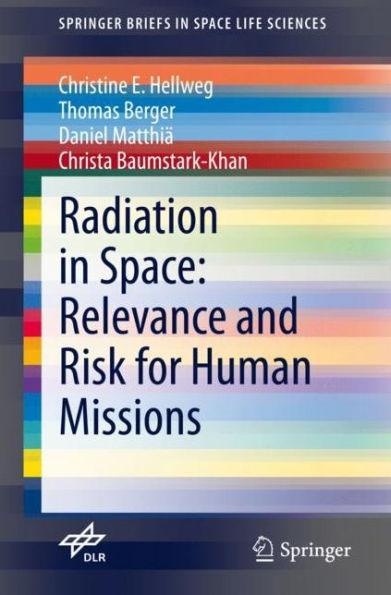5
1
9783030467432



Radiation in Space: Relevance and Risk for Human Missions available in Paperback, eBook

Radiation in Space: Relevance and Risk for Human Missions
- ISBN-10:
- 3030467430
- ISBN-13:
- 9783030467432
- Pub. Date:
- 07/25/2020
- Publisher:
- Springer International Publishing
- ISBN-10:
- 3030467430
- ISBN-13:
- 9783030467432
- Pub. Date:
- 07/25/2020
- Publisher:
- Springer International Publishing

Radiation in Space: Relevance and Risk for Human Missions
$69.99
Current price is , Original price is $69.99. You
69.99
In Stock

Product Details
| ISBN-13: | 9783030467432 |
|---|---|
| Publisher: | Springer International Publishing |
| Publication date: | 07/25/2020 |
| Series: | SpringerBriefs in Space Life Sciences |
| Edition description: | 1st ed. 2020 |
| Pages: | 111 |
| Product dimensions: | 6.10(w) x 9.25(h) x (d) |
About the Author
From the B&N Reads Blog
